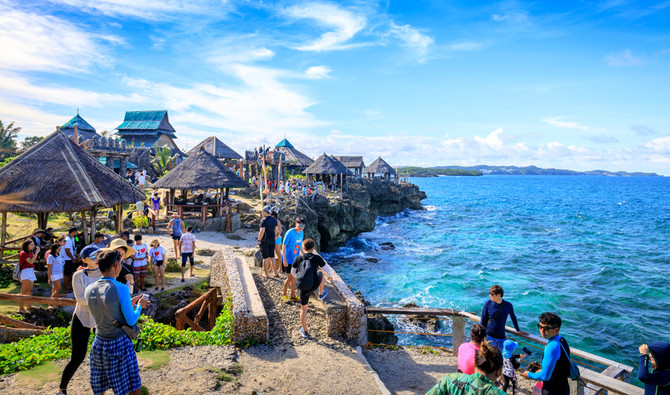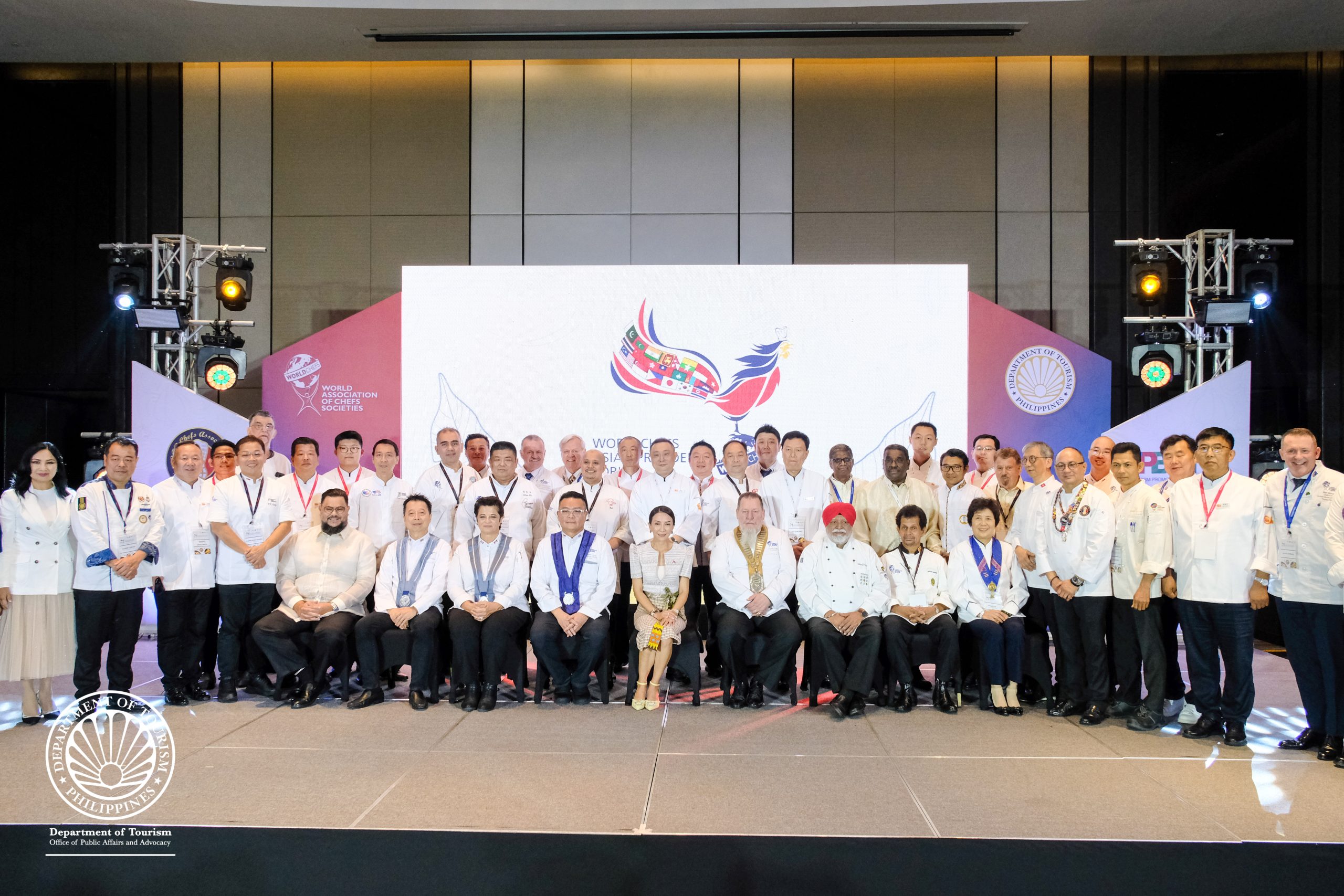When did tourism begin in the Philippines:Tourism in the Philippines began during the Spanish colonial period in the 19th century, with early tourists primarily being European elite and traders.

Early History of Tourism in the Philippines
This section delves into the history of tourism in the Philippines prior to the 20th century. During these times, although the concept of tourism as we know it today didn’t exist, there were already forms of travel and cultural exchange taking place in the region .
Pre-Colonial Period
Before the Spanish colonization, the Philippines was composed of various independent kingdoms and tribal communities. People from neighboring regions, such as China, Japan, and Malaysia, visited the islands for trade and cultural exchanges.
- Trade Relations with China and Other Neighbors:During this period, there was notable trade between Chinese merchants and the native people of the Philippines.
Spanish Colonial Period
With the arrival of the Spanish in the 16th century, the Philippines became a popular stop on the galleon trade route between Mexico and Spain. Although the primary intent was colonial in nature, the period saw the introduction of new culture, religion, and governance structure, which set the foundation for the Philippines’ diverse cultural heritage.
- The Galleon Trade:From 1565 to 1815, the Manila Galleon trade route was established, connecting the Philippines with Mexico and Spain. The Manila-Acapulco galleons brought people from various parts of the world to Manila, inadvertently promoting the islands as a place to visit.
- Cultural and Religious Introduction:The Spanish introduced Christianity to the Philippines. They built churches, some of which are now UNESCO World Heritage Sites like the Baroque Churches of the Philippines.
- Manila as a Key Port City:Manila, under Spanish rule, became a major port city in Asia, attracting merchants, missionaries, and travelers from various parts of the world.
Top 10 tourist attractions in the Philippines
| No. | Tourist Attraction | Location |
|---|---|---|
| 1 | Boracay Island | Aklan |
| 2 | Palawan | Includes El Nido and Coron |
| 3 | Chocolate Hills | Bohol |
| 4 | Mayon Volcano | Albay |
| 5 | White Beach | Puerto Galera |
| 6 | Siargao Island | Surigao del Norte |
| 7 | Batanes Islands | Batanes |
| 8 | Siquijor Island | Siquijor |
| 9 | Intramuros | Manila |
| 10 | Rizal Park (Luneta) | Manila |
The American Period and its Impact on Tourism
This section delves into the United States’ governance of the Philippines (1898-1946). It focuses on how this era shaped the Philippines’ tourism industry. The US initiated large-scale infrastructure projects. It also established English as a primary language. Moreover, the US marketed the Philippines as an exceptional tourist spot.
Establishment of Tourism Infrastructure
During the American period, infrastructure development became one of the top priorities. The US government built roads, bridges, ports, and modern transport, greatly enhancing Philippines’ tourism.
- Construction of Roads and Bridges:A network of roads and bridges connected previously isolated regions, making travel within the country more convenient and accessible.
- Development of Transportation Systems:The introduction of a structured public transportation system, including buses and jeepneys, which are now a cultural icon in the Philippines.
Promotion of the Philippines as a Tourist Destination
The American administration actively promoted the Philippines as a unique and exotic destination for American and other Western tourists.
Tourism Campaigns in Western Media:The government launched campaigns in newspapers, magazines, and travel exhibitions in the United States, showcasing the beauty and culture of the Philippines.
- Highlighting attractions: Promotions showcased beaches, festivals, history, like Banaue’s rice terraces.
- Tourism policies: US set rules, Tourist Bureau for Philippine tourism’s structure and promotion.
Post-War Era and Tourism
In the aftermath of World War II, the Philippines embarked on a period of recovery and reconstruction. The post-war era is pivotal as it set the stage for the evolution of a burgeoning tourism industry. In the subsequent years, particularly during the 1960s, the Philippines experienced a significant upswing in tourism activity due to various factors including infrastructural improvements and strategic promotional campaigns.
Rehabilitation of Tourism Facilities
After the extensive damages of World War II, there was an urgent need to rebuild and refurbish the tourism infrastructure of the Philippines.
- Restoration of Hotels and Accommodation Facilities
- Major hotels, such as the Manila Hotel, underwent extensive renovations and restoration to cater to the increasing number of visitors both domestic and foreign.
- Reconstruction of Historic and Cultural Sites
- Important cultural and historical sites, including the walled city of Intramuros in Manila, were restored to preserve the heritage and attract tourists interested in the rich history of the country.
- Investment in New Tourist Infrastructure
- The government and private sector invested in creating new attractions and facilities, like beach resorts, national parks, and cultural centers to boost tourism.
The 1960s Tourism Boom
The 1960s marked a significant increase in tourism activity in the Philippines. The nation was increasingly being viewed as a promising and exotic destination, owing much to the improvements in infrastructure and concerted promotional efforts.
- Global Advertising Campaigns
- The Philippine government, in collaboration with private enterprises, launched aggressive international marketing campaigns, particularly targeting the Western countries, to portray the Philippines as a tropical paradise.
- Expansion of Air Travel
- The modernization and expansion of key airports, such as the Ninoy Aquino International Airport, played a crucial role in making the country more accessible to international travelers.
- Establishment of Tourism Organizations
- The Philippine government established dedicated organizations, like the Philippine Tourist & Travel Association, which focused on promoting tourism effectively and responsibly.

Contemporary Era of Philippine Tourism
The contemporary era of Philippine tourism showcases the evolution, developments, and shifts in the Philippines’ efforts to boost its tourism sector .
21st Century Tourism Initiatives
In the 21st century, the Philippine government, in collaboration with various stakeholders, launched several initiatives aimed at promoting the country’s tourism potential:
- It’s More Fun in the Philippines Campaign: Launched in 2012, this marketing campaign capitalized on the country’s jovial spirit and captivating destinations. It quickly gained traction and played a significant role in promoting Philippine tourism globally.
- Improvement in Infrastructure: Recognizing the importance of accessibility, there has been a surge in the construction of new airports, roads, and ports. This ensures smoother travel experiences for visitors.
Challenges and Issues
Despite the positive growth, the Philippine tourism sector faces various challenges:
- Natural Disasters: The country, being in the Pacific Ring of Fire and a typhoon belt, is susceptible to natural disasters, impacting tourism.
- Political Stability and Security Concerns: Certain regions in the Philippines have experienced political unrest and security issues, deterring tourists from visiting.
- Environmental Degradation: Popular tourist spots like Boracay faced temporary closures due to environmental concerns. Over-tourism and lack of sustainable practices have posed threats to the natural beauty of the country.
Sustainable Tourism
Recognizing the challenges, the emphasis has now shifted towards sustainable tourism:
- Eco-Tourism Initiatives: Programs have been launched to promote eco-friendly travel experiences that leave minimal footprints. This includes eco-resorts, marine sanctuary tours, and community-based tourism.
- Regulations and Policies: Stricter guidelines have been set for businesses and tourists alike.
- Educating Tourists and Locals: Efforts are made to educate both visitors and locals about the importance of sustainable practices. This helps in building a collective responsibility towards the environment.